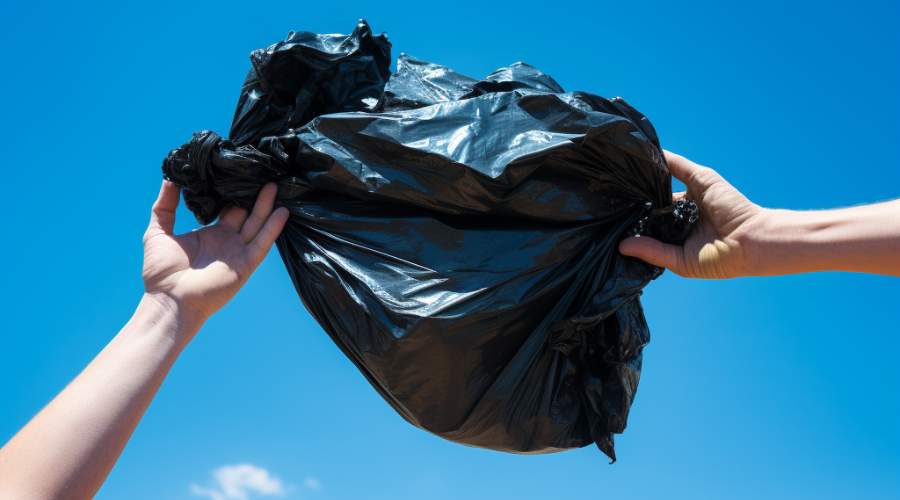Environmental Impacts of Improper Rubbish Removal
How to Reduce Waste and Save the Earth
Getting rid of rubbish is something we often don’t think twice about. We throw stuff away without considering where it might end up. But not properly disposing of waste can seriously harm the environment and our health.
Let’s look at how improper waste disposal damages the planet.
Polluting Soil and Water
When things like plastic, chemicals, and food scraps aren’t thrown away properly, they can seep into the soil and waterways. This contaminates the land and water, making it unsafe for plants, animals, and people.
For instance, plastic bags take hundreds of years to break down in landfills. As they slowly decay, they release toxic chemicals into the surrounding soil. These toxins then trickle down into groundwater or get swept away by rain into streams and rivers.
Hurting Animals
Animals often get tangled in litter or think it’s food. Plastics and discarded fishing gear are especially dangerous for marine life. Furthermore, sea turtles and dolphins frequently get caught in nets and bags, which can injure or kill them. On land, animals eat bits of plastic causing gut blockages, starvation and death.
Damaging Ocean Ecosystems
The ocean is greatly harmed by people dumping waste. Plastics make up most of the litter in the sea. As plastic decomposes into microplastics, fish and seabirds swallow them. These microplastics contain toxins that build up in the food chain, eventually reaching us. Old fishing gear also smothers coral reefs and disturbs underwater habitats.
Polluting the Air
Burning rubbish, especially plastic, causes air pollution. Incinerating waste releases harmful gases like dioxins, sulfur dioxide, nitrogen oxides and particulate matter into the air. These gases can lead to breathing issues and make conditions like asthma worse. The gases also contribute to acid rain when they mix with water vapor.
Spreading Illness
Rotting food and plant waste creates the perfect place for rats, cockroaches and other disease-carrying pests to multiply. These pests can then easily spread illnesses to people. Mosquitoes also breed in discarded containers and tires filled with standing water. They transmit dangerous diseases like dengue and zika.
Reducing Biodiversity
Litter introduces unnatural things like plastic into wildlife habitats. Animals may eat litter or get tangled up in it, causing injury or death. For instance, plastic six-pack rings often choke birds and turtles.
Over time, the buildup of plastic and other litter that doesn’t decay can also change soil health and water source, destroying plantlife and water ecosystems that native species depend on.
Contributing to Climate Change
Burning garbage like plastic produces greenhouse gases like methane and CO2. These emissions lead to global warming and climate change. Landfills also generate a lot of methane from decomposing organic waste. Methane traps heat much more effectively than CO2.
Making Public Places Unsafe
Litter that isn’t discarded properly eventually winds up polluting parks, beaches and playgrounds. This makes these places unpleasant to look at and dangerous to use.
Kids are especially at risk of cutting themselves on broken glass or sharp objects. Discarded needles and drugs also pose human health hazards.
Pro Tip
Transitioning to a circular economy model can help reduce commercial waste and the need for virgin materials. This involves creating closed-loop systems where waste is minimised through the reuse, repair, and recycling of materials.
What You Can Do
The good news is we can all make a difference through better waste habits. Here are some tips for responsible rubbish removal:
- Use less single-use plastic waste
- Recycle and compost whatever you can
- Dispose of hazardous waste properly
- Join community cleanups
- Educate others about proper disposal
With more awareness and eco-friendly practices, we can reduce the negative impacts of waste and create a cleaner environment. It starts with small actions by each of us.


